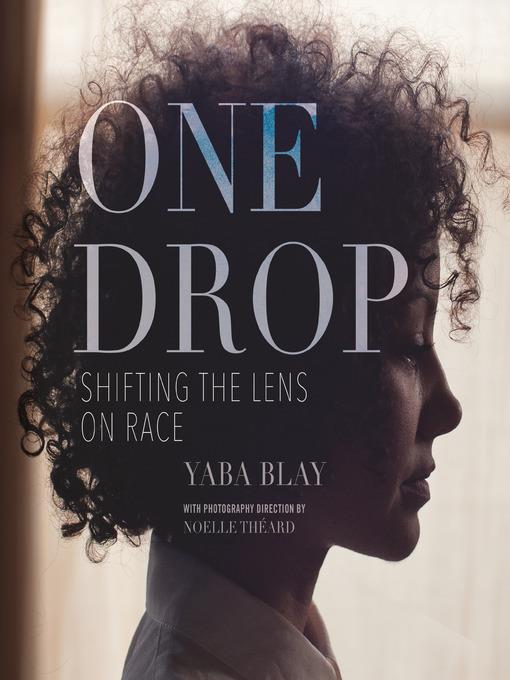
One Drop
Shifting the Lens on Race
- اطلاعات
- نقد و بررسی
- دیدگاه کاربران
نقد و بررسی

January 4, 2021
Blay, founder of the Professional Black Girl website, debuts with a wide-angled look at racial identity based on interviews with more than 50 multiracial people in the U.S. Blay traces the evolution of America’s “one-drop rule” that “a person with any trace of Black ancestry, however small or (in)visible, cannot be considered White” from the first statutory definition of race in a 1705 Virginia law banning interracial marriage, to the Supreme Court’s 1967 ruling against antimiscegenation laws in Loving v. Virginia. Noting the “exponential” increase in America’s multiracial population since the Loving case, Blay speaks with people who identify as Black yet have had “their identity called into question because they don’t necessarily fit into the ‘Black box.’ ” These include James Scott, a self-identified “Appalachian African American” from Athens, Ohio, with a Black father and a white mother, who recounts being outed as Black by a fourth-grade classmate, and Sosena Solomon, from Ethiopia, who explains how she’s treated differently in the U.S. based on whether she wears her hair curly or straight. Each profile features a photograph of the person interviewed, providing a visual accompaniment to the book’s nuanced and forthright discussions of how racial identities are formed and expressed. The result is an appealingly direct look at one of the most complex issues in American life. Photos.

Starred review from February 1, 2021
A collection of essays and photographs that examine what it means to be Black. "Is Blackness a matter of biology or consciousness? Who determines who is Black and who is not--the state, the society, or the individual? Who is Black, who is not, and who cares?" These are questions sparked by the "one-drop rule" that says any amount of "Black blood" renders a person Black. Blay opens with a primer on the history of the one-drop rule in the U.S., the laws that codified it, and the rulings that later deemed it unconstitutional. Through nearly 60 crafted first-person essays paired with striking portraiture of the essayists, the collection explores how historical definitions of race continue to influence our present-day view of racial identity. The author interviewed 70 people ages 21 to 103, representing 25 countries, with most living in the U.S. The contributors self-identify in various ways, but all consider themselves part of the racial and cultural group called "Black people," and all have had their Blackness questioned because of their physical appearance. Grouped into three categories--Mixed Black, American Black, and Diaspora Black--the essays are heartfelt and provocative, a "testament to the power of Blackness, not the inferiority of Blackness." Danielle Ayer ("Black and Mennonite") writes of her childhood: "Race was never, and I mean never, discussed growing up." Koko Zauditu-Selassie, who is "lighter than Halle Berry," identifies as African. Jay Smooth prefers "Mixed" to "Biracial," and Guyanese American Anita Persaud Holland recalls an in-law asking her husband about her: "She's not a regular old [N-word] is she?" Blay, who identifies as a "Black/American-born Ghanaian/African" scholar, puts her views of Blackness under the microscope with a candid, reflective essay of her own. There's also an essay by the book's director of photography, Noelle Th�ard, who is Haitian. Black, beautiful, and bound to spark necessary conversations.
COPYRIGHT(2021) Kirkus Reviews, ALL RIGHTS RESERVED.




دیدگاه کاربران